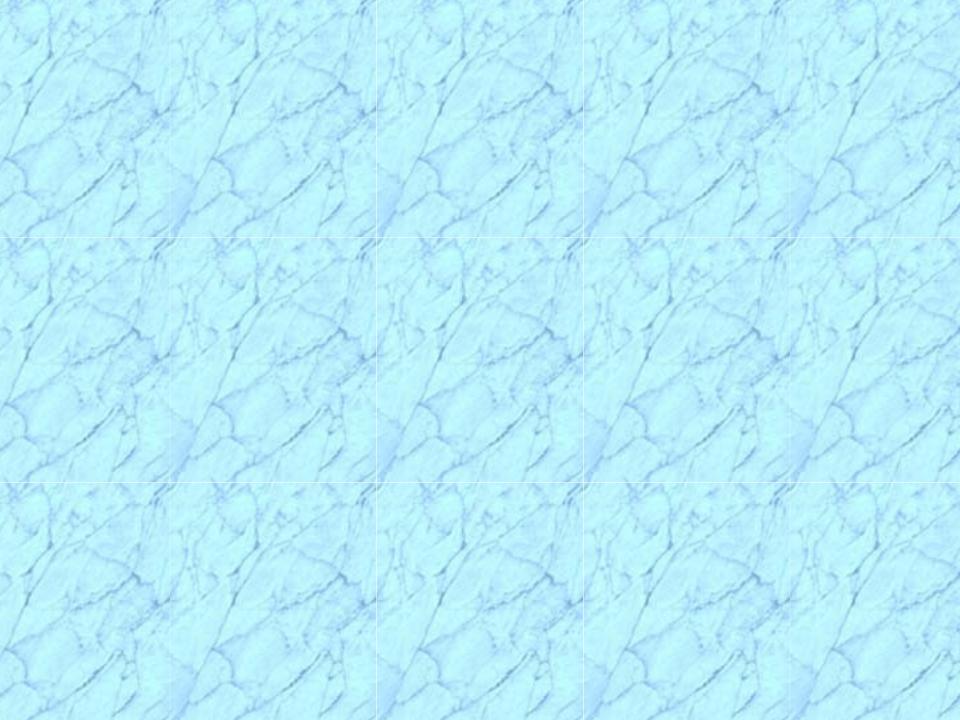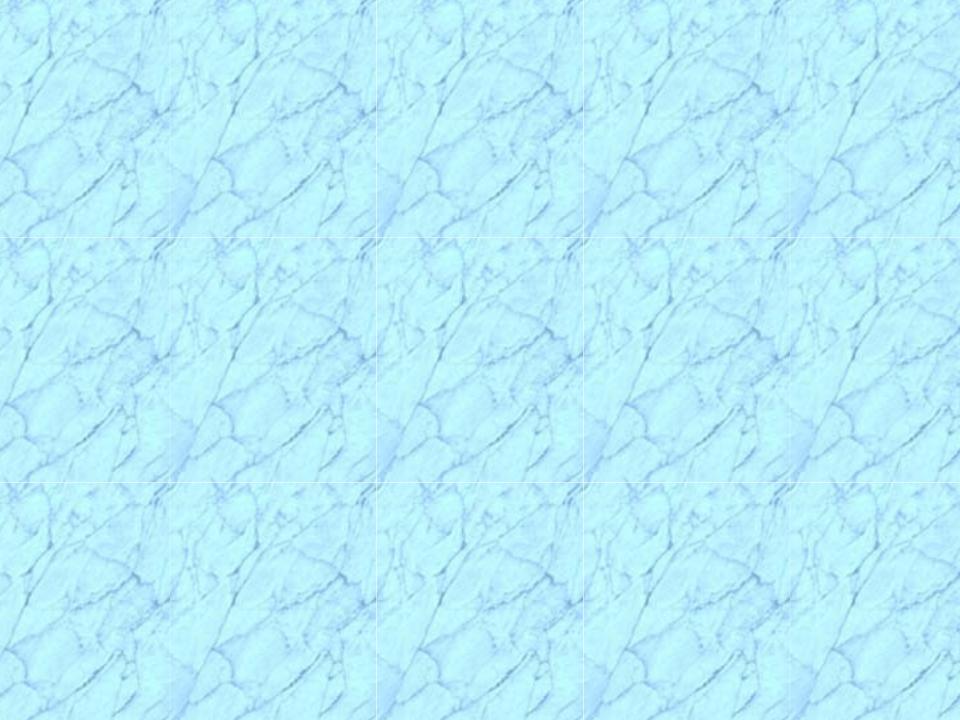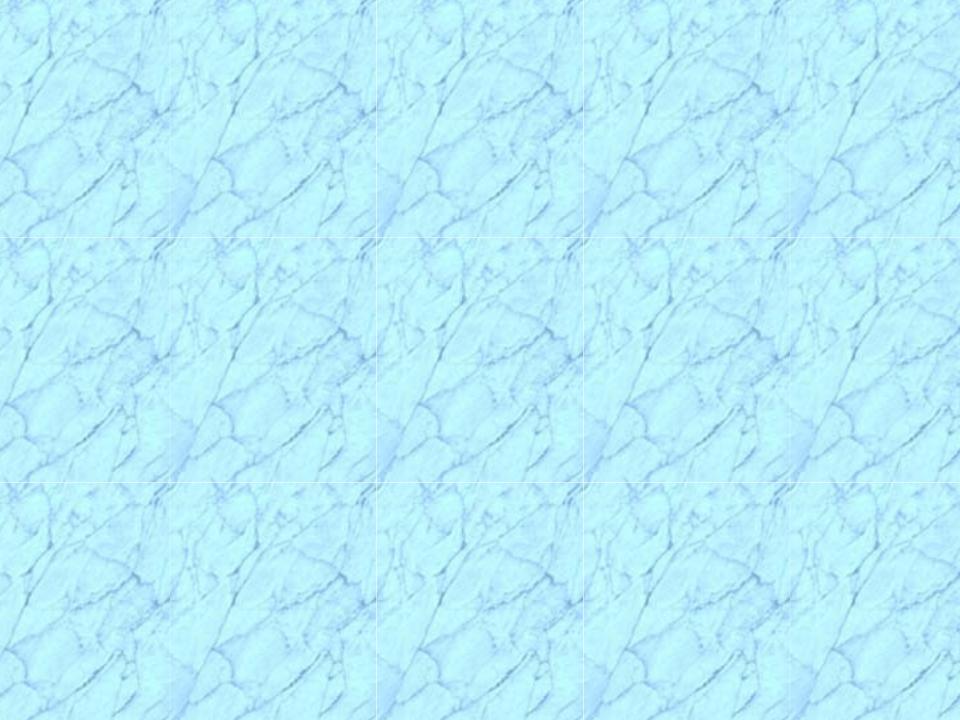
- •Neisseria
- •General Characteristics of
- •Important Human Pathogens
- •Neisseria Associated Diseases
- •Differential Characteristics of Commonly Isolated Neisseria spp.
- •Neisseria gonorrhoeae
- •General Overview of
- •Neisseria gonorrhoeae in Urethral Exudates
- •Epidemiology of Gonorrhea
- •Incidence of Gonorrhea in USA
- •Differences Between Men & Women with Gonorrhea
- •Differences Between Men & Women with Gonorrhea (cont.)
- •Differences Between Men & Women with Gonorrhea (cont.)
- •Gonorrhea
- •Pathogenesis of Neisseria gonorrhoeae
- •Gonococcal Virulence Factors
- •Gonococcal Virulence Factors (cont.)
- •Laboratory Characterization
- •Prevention & Treatment
- •Analytic Performance of Different Laboratory Detection Methods for Nesseria gonorrhoeae
- •See Handout on Sensitivity & Specificity of Diagnostic Tests
- •Analytic Performance
- •Analytic Performance
- •Neisseria meningitidis
- •General Overview of Neisseria meningitidis
- •Diseases Associated with Neisseria meningitidis
- •Neisseria meningitidis in Cerebrospinal Fluid
- •Epidemiology of Meningococcal Disease
- •Age Distribution of Meningococcal
- •Pathogenesis of Meningococcal Disease
- •Skin Lesions of Meningococcemia
- •Immunogenicity of Neisseria meningitidis
- •Laboratory Characterization of
- •Prevention and Treatment of
- •REVIEW
- •General Characteristics of
- •Neisseria Associated Diseases
- •Review of
- •General Overview of
- •Summary of Neisseria gonorrhoeae
- •Summary of Neisseria gonorrhoeae
- •Epidemiology of Gonorrhea
- •Females
- •Pathogenesis of Neisseria gonorrhoeae
- •Virulence Factors Associated with Neisseria gonorrhoeae
- •See Handout on Sensitivity & Specificity of Diagnostic Tests
- •Analytic Performance
- •Analytic Performance
- •Review of
- •General Overview of Neisseria meningitidis
- •Summary of Neisseria meningitidis
- •Summary of Neisseria meningitidis
- •Diseases Associated with Neisseria meningitidis
- •Epidemiology of Meningococcal Disease
- •Age Distribution of Meningococcal
- •Pathogenesis of Meningococcal Disease
- •Immunogenicity of Neisseria meningitidis

Analytic Performance
of a Diagnostic Test (cont.)
Sensitivity = Measure of True Positive Rate (TPR)
= No. of True Pos. = |
|
No. of True Pos. |
= 80 = 80% |
||
|
|
|
|
|
|
No. of Actual Pos. |
No. of (True Pos. + False Neg.) 80+20 |
||||
Sensitivity |
|
|
|
|
|
In conditional probability terms, the probability of a positive test given an actual positive sample/patient.
Specificity = Measure of True Negative Rate (TNR)
= No. of True Neg. = |
|
No. of True Neg. |
= 75 = 75% |
||
|
|
|
|
|
|
No. of Actual Neg. |
No. of (True Neg. + False Pos.) 75+25 Specificity |
||||
In conditional probability terms, the probability of a negative test given an actual negative sample/patient.
REVIEW

Review of
Neisseria meningitidis

General Overview of Neisseria meningitidis
Encapsulated small, gram-negative diplococci
Second most common cause (behind S. pneumoniae) of community-acquired meningitis in previously healthy adults; swift progression from good health to life- threatening disease
Pathogenicity:
•Pili-mediated, receptor-specific colonization of nonciliated cells of nasopharynx
•Antiphagocytic polysaccharide capsule allows systemic spread in absence of specific immunity
•Toxic effects mediated by hyperproduction of lipooligosaccharide
Serogroups A, B, C, Y, W135 account for about 90% of
all infections |
REVIEW |

Summary of Neisseria meningitidis
REVIEW

Summary of Neisseria meningitidis
(cont.)
REVIEW

Diseases Associated with Neisseria meningitidis
Following dissemination of virulent organisms from the nasopharynx:
Meningitis
Septicemia (meningococcemia) with or without meningitis
Meningoencephalitis
Pneumonia
Arthritis
Urethritis
REVIEW

Epidemiology of Meningococcal Disease
Humans only natural hosts
Person-to-person transmission by aerosolization of respiratory tract secretions in crowded conditions
Close contact with infectious person (e.g., family members, day care centers, military barracks, prisons, and other institutional settings)
Highest incidence in children younger than 5 years and particularly those younger than 1 year of age as passive maternal antibody declines and as infants immune system matures
Commonly colonize nasopharynx of healthy
individuals; highest oral and nasopharyngeal carriage rates in school-age children, young adults and lower socioeconomic groups REVIEW

Age Distribution of Meningococcal
Disease in USA
REVIEW

Pathogenesis of Meningococcal Disease
Specific receptors (GD1 ganglioside) for bacterial fimbriae on nonciliated columnar epithelial cells in nasopharynx of host
Organisms are internalized into phagocytic vacuoles, avoid intracellular killing in absence of humoral immunity and complement system (patients with late complement deficiencies are particularly at risk)
Replicate intracellularly and migrate to subepithelial space where excess membrane fragments are released
Hyperproduction of endotoxin (lipid A of LOS) and blebbing into surrounding environment (e.g., subepithelial spaces, bloodstream) mediates most clinical manifestations including diffuse vascular damage (e.g., endothelial damage, vasculitis (inflammation of vessel walls), thrombosis (clotting), disseminated intravascular coagulation (DIC)
REVIEW

Immunogenicity of Neisseria meningitidis
Following colonization of the nasopharynx, protective humoral immunity develops against the same or closely related organisms of the same serogroup, but not against other serogroups
Bactericidal activity of the complement system is required for clearance of the organisms
Cross-reactive protective immunity acquired with colonization by closely related antigenic strains and with normal flora of other genera (e.g., E. coli K1); progressive disease can occur in absence of serogroup-specific immunity
REVIEW

